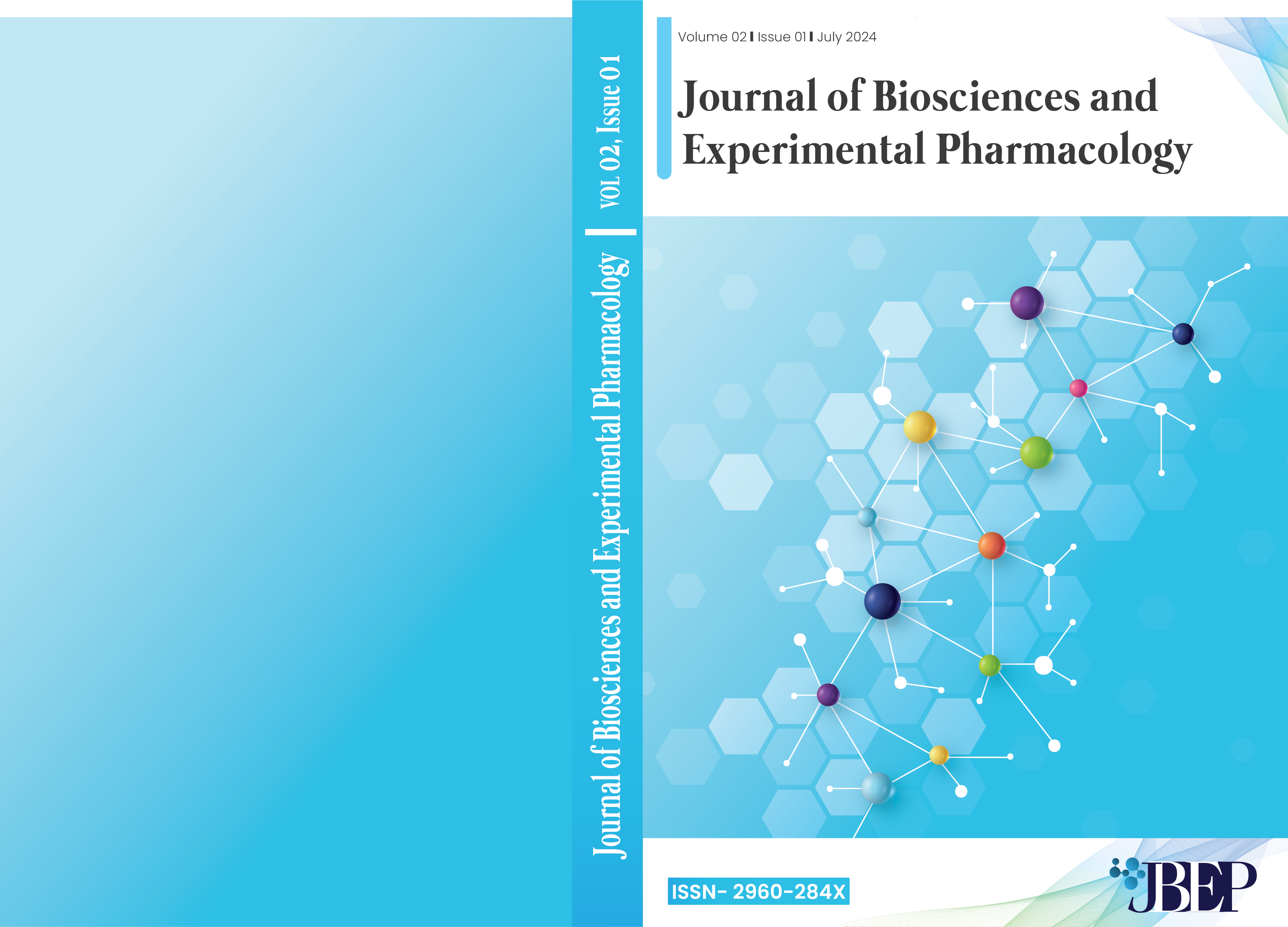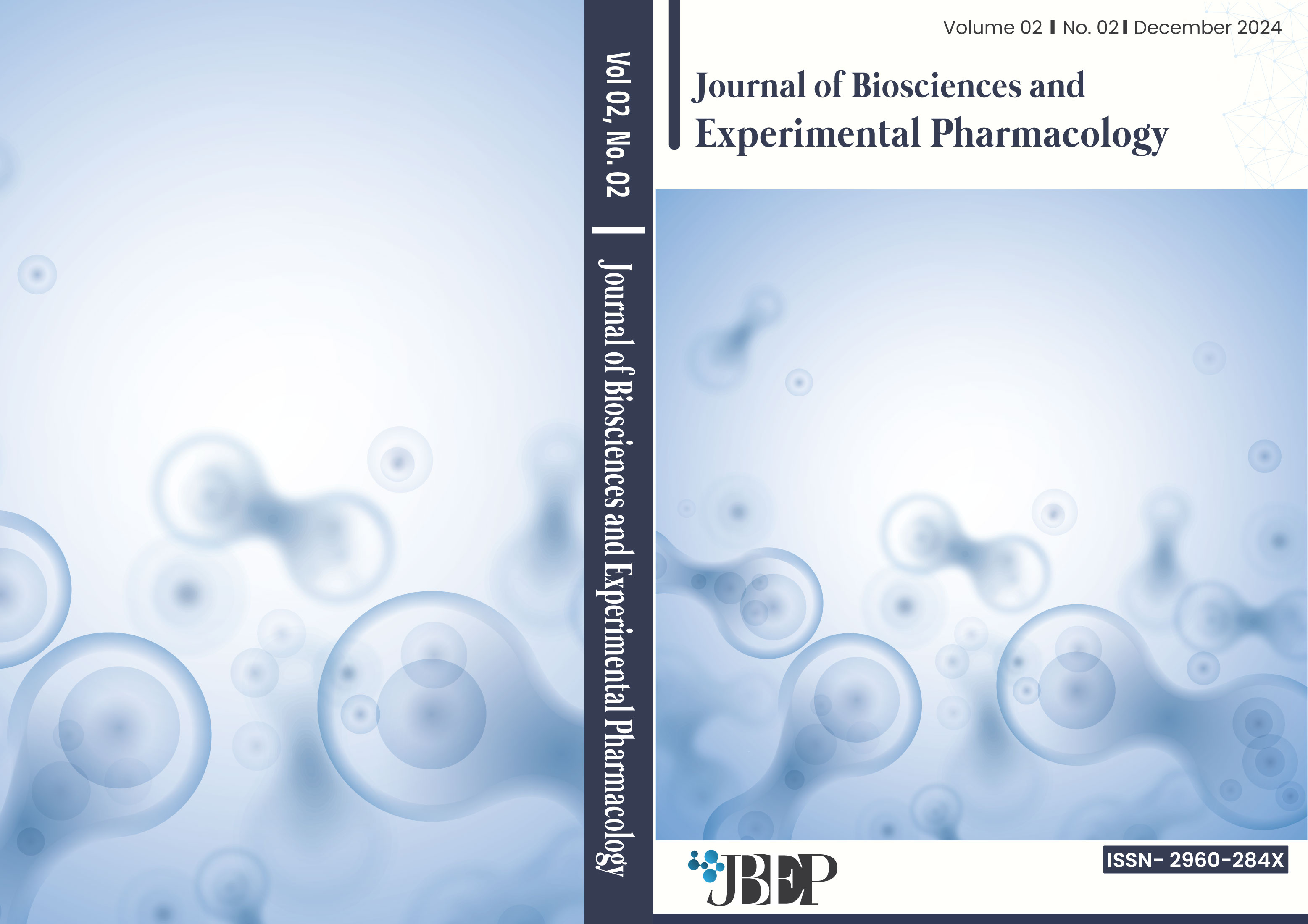Original article | Open access | J. Bio. Sci. Exp. Pharmacol. 2024, 2(1), 46-64. |
https://doi.org/10.62624/JBEP00.0010
Evaluation of Bioactive Compounds from Various Citrus Fruits in Bangladesh and Evaluation of Their Effect as Antioxidant and on Glucose Metabolizing Enzymes In Vitro
Abstract
Synthetic antioxidants are used against oxidative stress and nitrosative stress, which have many harmful effects and possess lower efficacies; hence, the interest of using natural antioxidants such as citrus fruits as therapeutic tools exist. This study set out to assess the flavonoids identified from various citrus fruits in Bangladesh (cagoji lebu, kalombo lebu, and alichi lebu) as antioxidants and their effect on α-amylase inhibitory activity in in vitro condition. Phytochemical screening, UV-vis spectra and HPLC-DAD analysis were performed to determine the class, nature and identity of bioactive components. Antioxidant potential was determined by determining the total phenol content, flavonoid content, ortho diphenol content, DPPH free radical scavenging assay and nitric oxide scavenging assay. α -Amylase inhibitory assay was done to evaluate the effect on glucose metabolizing enzymes. Molecular docking was done for alpha-amylase enzyme affinity. Phenols and tannins were found in 3 citrus extracts and all the extracts are composed of flavonoid compounds as they provided clear peaks at 280 nm and/or 330 nm in the UV-vis scan data. HPLC analysis showed the presence of (-) epicatechin, caffeic acid, rutin hydrate, trans-ferulic acid, quercetin, and kaempferol in all 3 extracts, and trans-cinnamic acid in cagoji and kalombo lebu. The three extracts show significant phenolic content, the amount for alichi, cagoji and kalombo lebu were 13.958±0.001, 13.380±0.0005, 11.773±0.001 mg GAE/ g DW respectively; flavonoid contents were 3.324±0.0005, 2.827±0, 7.589±0 mg QAE/ g DW respectively and ortho diphenol contents were 0.124±0, 0.185±0.118, 0.161±0 mg CAE/ g DW respectively. The extracts of three citrus fruits exhibited the comparable antioxidant activity for both DPPH and NO scavenging methods compared to ascorbic acid. In the in vitro α-amylase inhibitory activity assay, the IC50 values of alichi, cagoji and kolombo lebu were 56.45, 39.97 and 55.31μg/mL respectively whereas the IC50 value of acarbose was 25.53 μg/mL. This investigation revealed that these three citrus fruits in Bangladesh are potential sources of bioactive compounds which can be used as alternative supplements for natural antioxidants.

